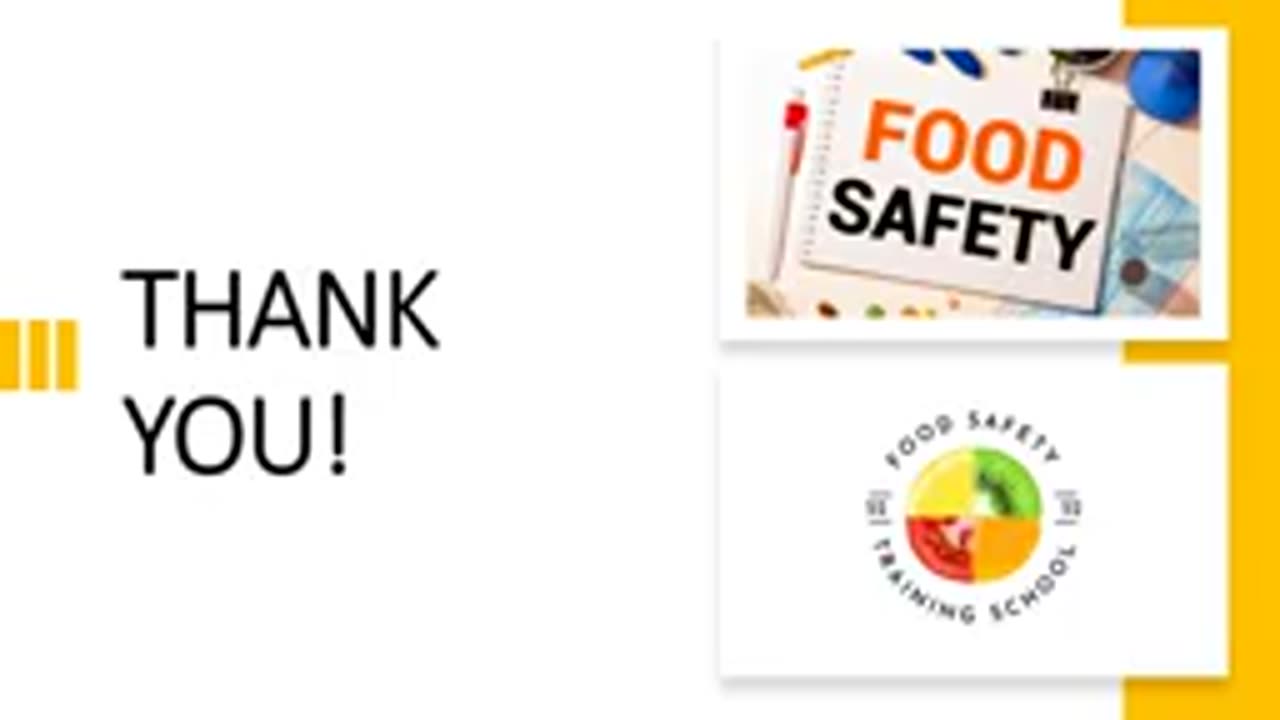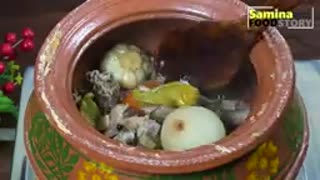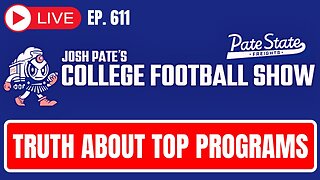Premium Only Content

FAT TOM and Food Safety
### **FAT TOM and Food Safety**
**FAT TOM** is an acronym used to describe the six key factors that affect the growth of **pathogenic microorganisms** (bacteria, viruses, and fungi) in food. Understanding and controlling these factors is critical to ensuring food safety and preventing foodborne illnesses. By managing **FAT TOM**, food handlers and businesses can minimize the risk of contamination and spoilage in food products.
---
### **The 6 Factors in FAT TOM**
1. **F – Food**
- **Definition:** Pathogens require a food source to grow. High-risk foods, especially those that are moist and rich in nutrients, provide a suitable environment for bacteria.
- **Examples:**
- **High-risk foods:** Meat, poultry, seafood, dairy, eggs, cooked rice, and pasta.
- **Low-risk foods:** Dry, preserved foods (e.g., canned foods, dried fruits, and nuts).
- **Food Safety Tip:** Properly store perishable foods in the refrigerator or freezer to limit bacterial growth.
2. **A – Acidity**
- **Definition:** Microorganisms thrive in foods with a neutral or slightly acidic pH (pH 4.6 to 7.5). Acidic foods (pH below 4.6) inhibit bacterial growth.
- **Examples:**
- **Low-acid foods (higher pH):** Meats, poultry, and fish.
- **High-acid foods (lower pH):** Citrus fruits, tomatoes, vinegar, pickles, and fermented products.
- **Food Safety Tip:** Acidic foods are less likely to support pathogen growth, but for low-acid foods, ensure proper storage, cooking, and handling.
3. **T – Time**
- **Definition:** Pathogens need time to grow. The longer food is held in the **danger zone** (between 40°F - 140°F or 4°C - 60°C), the higher the chance for bacteria to multiply.
- **Examples:** Bacteria can double in number every 20 minutes if food is kept at the wrong temperature.
- **Food Safety Tip:** Always minimize the time food is exposed to the danger zone. Use timers or reminders to ensure food is cooked or refrigerated within safe time frames.
4. **T – Temperature**
- **Definition:** Temperature plays a critical role in the growth of pathogens. The "danger zone" for food is between 40°F (4°C) and 140°F (60°C). Below 40°F (4°C), bacteria growth slows down; above 140°F (60°C), it can be killed.
- **Food Safety Tip:** Keep cold foods at 40°F (4°C) or below and hot foods at 140°F (60°C) or above. Always cook food to the recommended internal temperature.
5. **O – Oxygen**
- **Definition:** Some bacteria, like **aerobic bacteria**, need oxygen to grow, while others, like **anaerobic bacteria**, can grow without oxygen.
- **Examples:**
- **Aerobic bacteria**: Grow in foods like fresh fruits and vegetables.
- **Anaerobic bacteria**: Grow in vacuum-sealed packages or canned foods (e.g., Clostridium botulinum, which causes botulism).
- **Food Safety Tip:** Vacuum-seal or can food correctly and store it at proper temperatures to minimize the risk of anaerobic bacteria growth.
6. **M – Moisture**
- **Definition:** Pathogens need moisture to thrive. The amount of available moisture in food is referred to as **water activity (aw)**. Foods with higher water activity provide a better environment for bacterial growth.
- **Examples:**
- **High-moisture foods:** Raw meat, poultry, fish, dairy products.
- **Low-moisture foods:** Dried foods, cured meats, or products with preservatives.
- **Food Safety Tip:** Control moisture levels by using proper drying, canning, or refrigeration techniques to prevent microbial growth.
---
### **How FAT TOM Relates to Food Safety**
By managing **FAT TOM**, food businesses and handlers can prevent foodborne illnesses by limiting conditions favorable to harmful pathogens. Here’s how to control each factor:
- **Control Food:** Keep food fresh and store perishable items correctly.
- **Monitor Acidity:** Understand the pH levels of foods and use acid to prevent microbial growth where appropriate.
- **Limit Time and Temperature Abuse:** Ensure food is not held in the danger zone for too long. Use food thermometers and implement time management practices.
- **Control Oxygen:** Use proper packaging and storage methods for both aerobic and anaerobic microorganisms.
- **Regulate Moisture:** Keep foods with high moisture in refrigeration, or dry and preserve foods as needed to inhibit growth.
By addressing the **FAT TOM** factors, food establishments can reduce the risk of contamination, spoilage, and foodborne illness, ensuring the safety of the food served to customers.
-
 7:58
7:58
HSESafetyInformation
6 days agoAuthentic Peshawari Rosh _ Namkeen Gosht Recipe __ Traditional KPK and Baluchistan
441 -
 1:03:33
1:03:33
The Dan Bongino Show
1 day agoSunday Special with Mike Benz, Michael Knowles, Rep. Tim Burchett and Rep. Andy Harris - 02/23/25
355K1.13K -
 1:36:21
1:36:21
Sarah Westall
12 hours agoViolence Erupting in the Panama Canal, Identifying Enemy Infiltration, Psyops Ongoing w/ Michael Yon
95K50 -
 1:56:25
1:56:25
Nerdrotic
15 hours ago $19.43 earnedThe Red Pyramid's Hidden Secrets | Forbidden Frontier #091
75.1K15 -
 2:08:53
2:08:53
vivafrei
23 hours agoEp. 252: Liberals DISQUALIFY Candidate from Race! DOGE Wins & Loses; Rumble Sues BRAZIL! & MORE!
180K270 -
 1:15:12
1:15:12
Josh Pate's College Football Show
14 hours ago $24.73 earnedCFB’s Top 12 Programs | TV Executives & Our Sport | USC Changes Coming | Early Championship Picks
120K3 -

Vigilant News Network
18 hours agoUK Government BUSTED in Secret Plot to Extract Your Data | Media Blackout
122K28 -
 1:03:32
1:03:32
Winston Marshall
3 days ago"War On Children!" The DEMISE Of The West Starts With Schools - Katharine Birbalsingh
137K68 -
 48:02
48:02
Survive History
21 hours ago $9.75 earnedCould You Survive as a Sharpshooter in the Napoleonic Wars?
86.5K3 -
 12:03
12:03
Space Ice
21 hours agoSteven Seagal's China Salesman - Mike Tyson Knocks Him Out - Worst Movie Ever
64.7K21